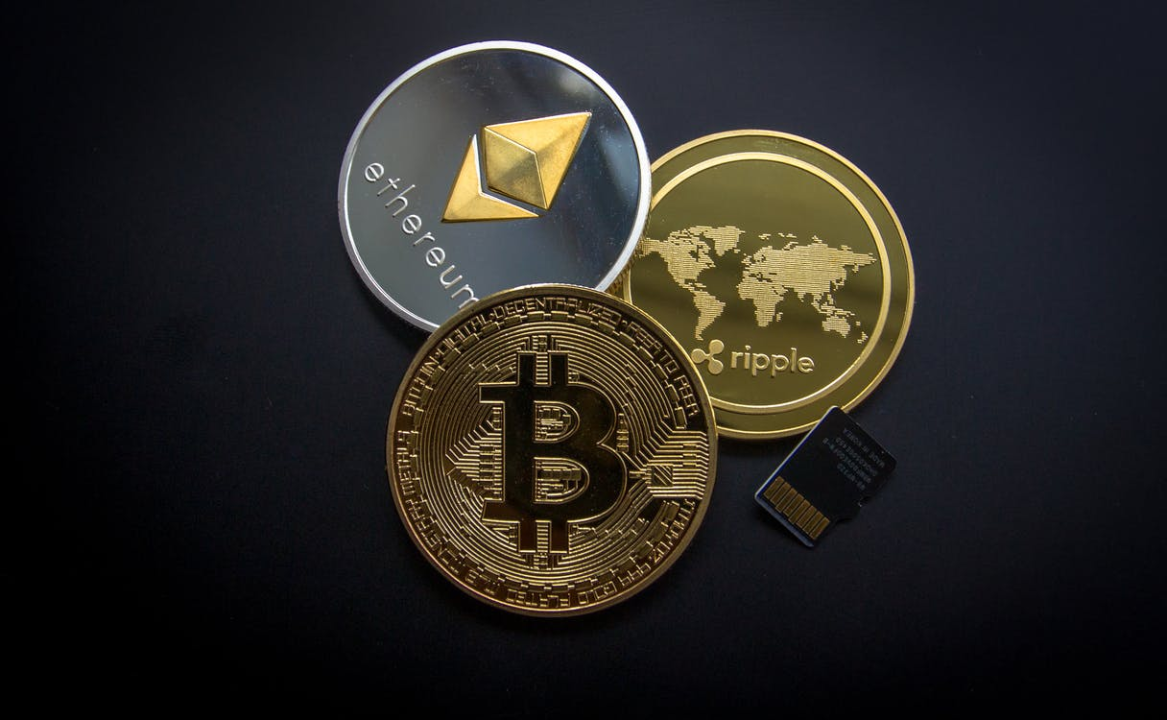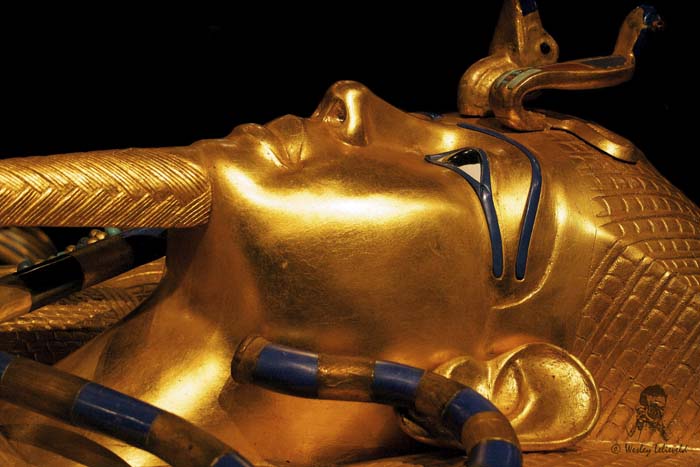What Are Cryptoassets?
Cryptoassets include cryptocurrencies, stablecoins, tokens, and other digital assets. More than 20,000 different cryptoassets exist—Bitcoin, Ethereum, Tether, Cardano, Solana, Polkadot, Avalanche, Polygon, Litecoin, Chainlink, Uniswap—with many new ones created each month.
Bitcoin was the first cryptoasset and is the largest, accounting for 60% of the total space. It was created by a pseudonymous computer programmer working under the alias Satoshi Nakamoto who published a white paper on October 31, 2008 to a mailing list of cryptographers describing how individuals could hold, send, and receive items of value digitally without any trusted intermediary such as a bank.
Fast forward to January 3, 2009, the software was released, the first bitcoin was minted, and the bitcoin network was launched.
The core idea behind all blockchain databases was to create a single distributed database that is accessible to everyone. A database where anyone in the world can view balances and submit transactions at any time, but the ledger is not controlled by any single corporation, government, person or entity. A ledger that is “permissionless” and is maintained on a “decentralized” basis.
The concept of a single distributed database was a technical challenge which had bewildered computer scientists since the 1980s. If you had copies of the same database on millions of different machines with no one in charge, how do you make are that all copies are identical are updated synchronously and reflect only honest transactions? A blockchain.
How does a bitcoin transaction work?
Assuming you have 10 bitcoins that you’d like to send, you would essentially send a message to the bitcoin network stating, “I want to send 10 bitcoins to person X.” Your message would be signed with a unique password called a “private key” that uniquely identifies you. Computers on the network can then confirm that you do have the 10 bitcoins. Bitcoin miners who are scattered across the world can then process the new transactions and propose them for settlement. Until his is done, the ledger is not updated.
These groups of proposed transactions are referred to as “blocks.” New blocks on the bitcoin network are settled roughly every 10 minutes but can vary depending on how quickly the puzzle is solved. Once a miner posts a solution and other members of the network check the work, participants update their version of the database to reflect the new transactions and your transfer of the 10 bitcoins is now considered settled.
Another innovation of cryptoasset-powered blockchain is the ability to program money with certain rules and conditions, similar to an escrow account, a trust, or a smart contract. The concept of smart contracts was introduced by Nick Szabo in 1997 but was unable to be practiced until after the emergence of cryptoasset-powered blockchains.
In contrast, traditional banking more or less remains in an analog age. Each bank holds it own database of its accounts and when transferring funds from one bank to another, Bank B has to confirm that the customer at Bank A has the funds it their account. Nakamoto’s solution, the idea behind all blockchain databases, was to create a single distributed database that is accessible to everyone, where the world can view balances and submit transactions at any time, reducing the delay that allows database A to sync with database B.
---
Ready to invest in digital marketing for your business? Let's work together to create a plan designed around optimizing your business directory listings, while incorporating search engine optimization (SEO), content marketing, search engine marketing, lead generation and website design to ensure that your accounting practice is optimized to help you reach your goals.



